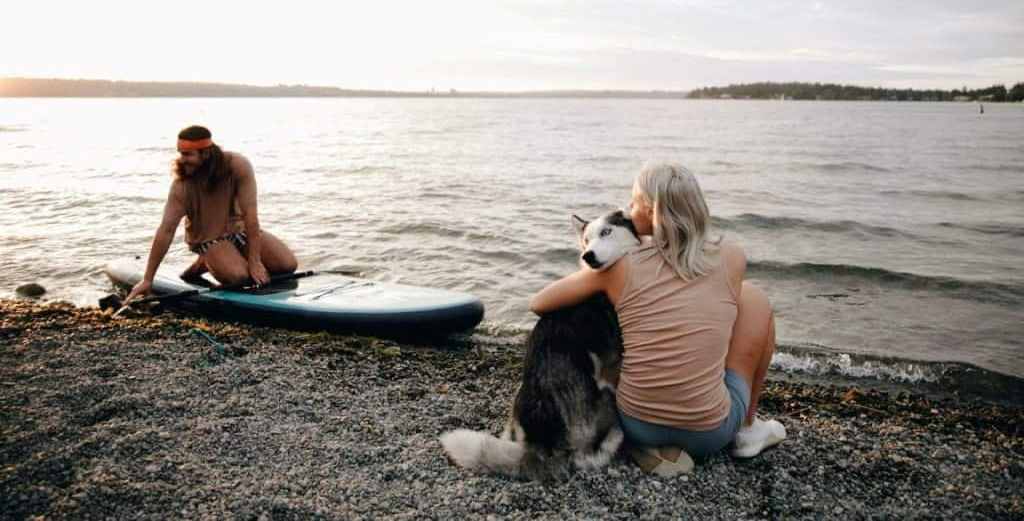In addition, the fact of being able to share more leisure time will minimize your possible feeling of “daily guilt” . will free you from the worry that was traveling itself entails without your company.
How to Travel With a Dog? Fortunately, there are more and more options that allow you to travel with your dog, ensuring the well-being of both at all times. The most important thing is that you properly plan everything concerning the preparation of the trip, the journey, and the stay.
For this, it is convenient that you inform yourself in advance and know the requirements to follow to turn your days of relaxation into an optimal experience.
If you have decided to share a trip with your dog, they recommend a series of tips that can guide you:
Quick Access
1. Prevention if you travel with your dog
Days before starting your adventure, go to your veterinarian so that he can do a complete examination. In addition to checking that your health status is correct, it will also certify that your vaccination schedule is up to date and meets the chosen destination’s requirements. The visit will also help you protect it from the presence of possible external and internal parasites.
2. Supplies for your dog
As you well know, your dog is used to a type of diet and may need incentives (toys and snacks) to make the journey more bearable. Hence, you must add to your suitcase your usual food and all those items that allow you to feel at home.
3. Comfort during the journey
Even if your dog is excited about the idea of spending more time with you and seeing new places, do not forget that the fact of leaving his usual environment, with what this implies, is a considerable change for him. In any transport, travel hours predispose you to live experiences that you are not used to.
Hence, the importance of allowing the comfort and safety of your dog at all times. Avoid exposing it to excessive noise or traffic of people so that you can enjoy the journey with maximum tranquillity. Make sure it can stretch and access water permanently, that it travels under control (on a leash, carrier, or seat belt for dogs), and monitors the temperature (hot or cold), reacting accordingly. If you travel by car, make stops at authorized rest areas so that you can walk around and relieve yourself.
4. Adequate accommodation
As they have already mentioned, more and more accommodations are called “pet friendly” or “dog friendly”. Most of them have services aimed at your dog’s welfare and, consequently, that of the owners. Dogs need a space to eat and drink, another to rest and sleep, and a third outside to walk and discharge their energy. Socialization with other dogs and the possibility of interacting with them is an added factor that will improve their experience.
5. Travelling with a puppy
If your dog is a puppy, and you have decided that this is your first trip together, you should also consider other aspects that are linked to the conditions of his age.
In addition to considering all the tips mentioned above, ask your veterinarian what other parameters you should consider. Puppies tend to be more easily scared (due to the novelty factor), and possible vomiting or fear during the journey can be a determining factor for you to take the appropriate measures beforehand.
Try to feed him hours before the trip or once you have reached your destination. Discuss with your vet what options are available to ease possible anxiety or fear during the trip.

